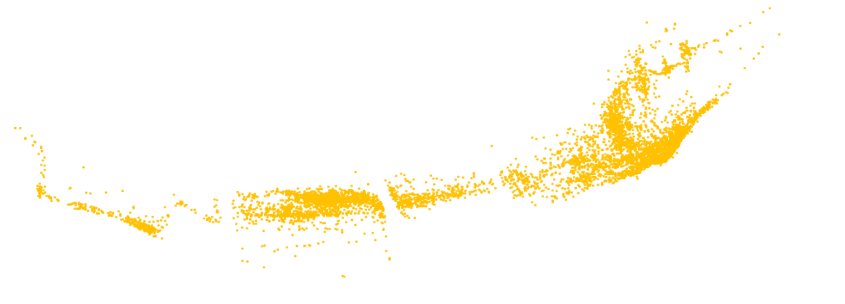It all began for us with a benchmark!
The
presence
of
flints
locally
had
been
known
for
some
time.
Farmers
were
aware
of
them
in
the
fields,
and
in
the
1930s,
Hilda
Paterson
had
been
collecting
them
from
Birkwood,
near
Banchory,
and
neighbouring
fields
(H
Paterson
and
A
Lacaille
1936).
Dr
John
Grieve,
in
the
early
1970s,
recorded
the
locations
of
flint
scatters
in
several
areas.
However,
we
knew
nothing
about
all
this,
until
James
Kenworthy
knocked
on
our
door.
He
introduced
himself
and
asked
if
he
could
use
the
bench
mark
on
our
house
for
surveying
purposes,
as
he
was
directing
an
excavation
in
one
of
the
nearby
fields.
We
didn’t
know
we
had
a
benchmark
on
our
house,
but
we
did
locate
it
eventually
behind
a
shrub!
James Kenworthy’s Excavation at Nethermills
After
examining
John
Grieve’s
collections,
James
had
chosen
the
site
in
one
of
the
fields
at
Nethermills
Farm
for further investigation. The excavation took place over four years (1978-81).
I
worked
as
a
volunteer,
mostly
doing
preliminary
cataloguing
of
the
flints
with
Alan
Russel
under
the
tutelage
of
James.
Our
children
went
down
most
evenings
after
school
to
help
with
washing
flints
and
the
wet-sieving. I also worked as a volunteer on the Balbridie excavation (I Ralston and N Reynolds 1977 - 1980).
Approximately
30,000
flints
were
found.
Most
were
waste
pieces
from
the
manufacture
of
tools
from
the
flint
pebbles.
Cores
were
present
together
with
scrapers
and
‘microliths’
small
worked
pieces,
characteristic
of
the
Mesolithic,
for
making
composite
tools.
An
‘Interim
Report’
was
produced
summarising
the
work
done
in
1978-80,
and
privately
circulated,
but
James
never
published
the
full account.
Encouraged
by
James,
our
children
and
I
went
fieldwalking
(1978-81)
and
collected
about
400
flints
including
an
Early
Bronze
Age
barbed
and
tanged
arrowhead
picked
up
by
Dinkar
Sabnis
(jun).
This
collection
was
passed over to James before we left for Dinkar’s sabbatical year in Australia.
After
a
gap
of
over
20
years,
we
met
up
with
James
again
during
the
excavation
of
Warrenfield,
near
Crathes
Castle.
As
a
result,
Dinkar
and
I
joined
OFARS
and
became
involved
with
resistivity
and
fieldwalking
near
Kildrummy.
BACKGROUND
BACKGROUND

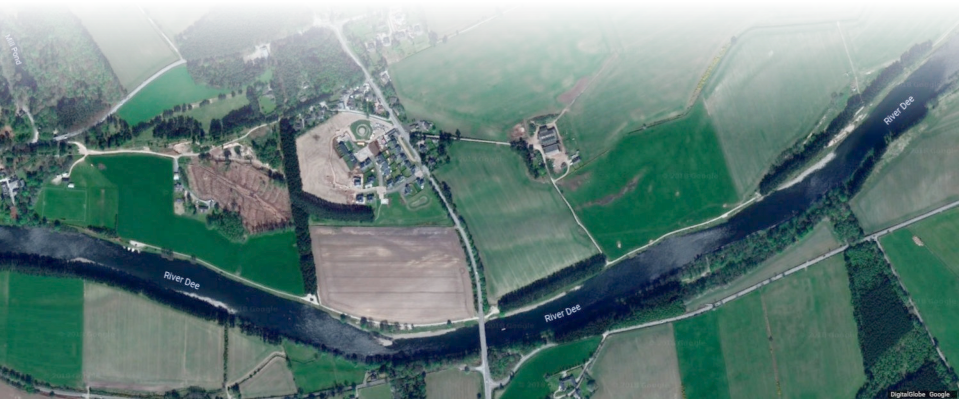
STONE AGE CRATHES
Uncovering one of the largest Mesolithic Sites in the UK
In
2000
a
group
of
local
archaeologists
got
together
and
formed
the
OVER
FIFTIES
ARCHAEOLOGICAL
RESEARCH SOCIETY, with the following aims:
Carrying out high quality field-work in the North East
Encouraging interest in the archaeology of the area
Supporting other non-professionals who wish to do the same by giving advice and training
Assisting in research projects being carried out by other bodies.
Providing information for archaeological recording centres.
This
somewhat
tongue
in
cheek
name
became generally known as OFARS.
With
the
help
of
a
grant
and
private
donations,
surveying
and
resistivity
equipment
were
bought
and
later
a
plane-table,
together
with
other
equipment.
Site
visits
were
organized
and
various
projects were undertaken.
However,
as
a
younger
generation
was
showing
interest,
and
with
the
advent
of
NESAE
(NE
Scotland
Archaeological
Exchange
on
Facebook)
the
name
was
changed
and
the
society
reconstituted
as
NESARS
(North East Scotland Archaeological Research Society) in March 2012.
Now,
sadly,
NESARS
has
come
to
an
end,
and
although
the
Facebook
page
is
being
continued,
the
website
will
be closed down soon after this Crathes report is published online.
OFARS
The OFARS Project
On
hearing
that
Dinkar
and
I
had
been
fieldwalking,
with
OFARS,
one
of
our
grandchildren,
8
year-old
Jovi
Fawcett,
asked
if
she
could
go
fieldwalking
too.
After
first
checking
a
neighbouring
field,
we
took
her
along,
for
a
second
brief
look.
As
so
many
flints
were
exposed,
we
contacted
James,
and
these
preliminary
sessions
turned
into
a
full
scale
project
at
Crathes,
under
the
auspices of OFARS.
The
information
from
James,
our
own
personal
fieldwalking
and
the
grid
reference
points
given
by
J
Grieve
in
no
way
prepared
us
for
the
extensive
area covered by the scatter, or for the intensity of some areas.
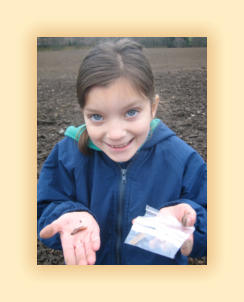
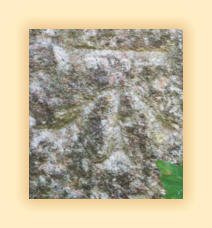

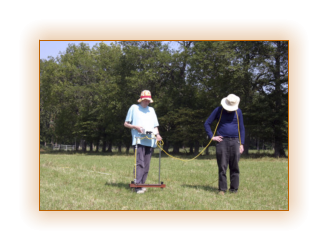
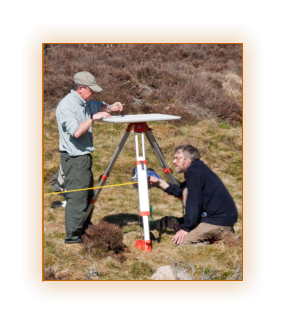

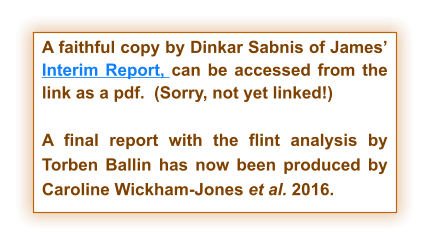
Plane table at Kinnaird
Resistivity near Kildrummy
References for Background page
Hilda
M.
Leslie
Paterson,
F.S.A.
Scot.,
and
A.D.
Lacaille,
F.S.A,
Scot.
Banchory
microliths.
PSAS
11
May
1936.
Pages 421-434
(A
short
introduction
by
H
Paterson,
followed
by
‘Comments
on
the
artefacts’
by
A.
Lacaille,
with
some
beautiful drawings).
James B Kenworthy. Interim Report 1981. Nethermills Farm, Crathes. Excavations 1978 - 1980.
Excavation
of
a
Mesolithic
settlement
site
at
Nethermills
Farm,
Crathes,
near
Banchory,
Grampian.
1978
-
1980: Interim Statement.
Caroline R Wickham-Jones, James B Kenworthy, Aoife Gould, Gavin MacGregor and Gordon Noble.
Archaeological excavations at Nethermills Farm, Deeside, 1978 - 1981. PSAS 2016 Vol. 146. Pages 7 - 55
(Includes a contribution by Heather M Sabnis regarding the OFARS fieldwalking at Crathes.)

